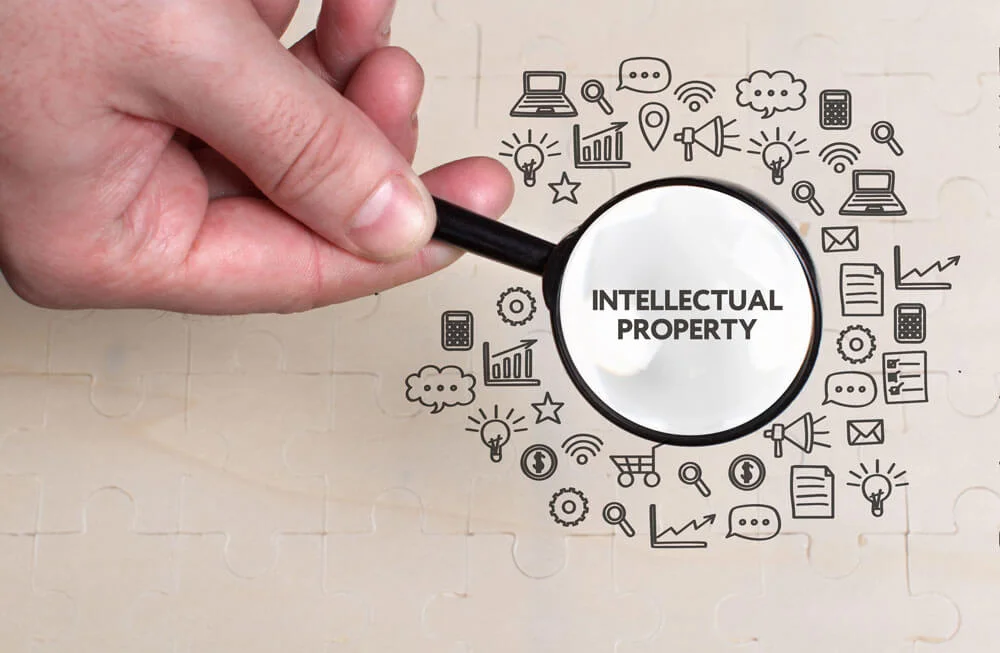Have you ever thought of licensing one or more pieces of your intellectual property? It’s always nice to have a source of revenue and maybe a few companies have hinted they would pay to use your IP in their products or services.
If so, you need to license your intellectual property to gain those revenues and retain the rights to your property.
You have some items for consideration before going through with licensing. If you are still determined to do so, make sure you include a couple of essential steps when creating the license.
Here is how to license and enforce your intellectual property.
WHAT IS AN INTELLECTUAL PROPERTY LICENSE?
A license is a contract. This contract tells what the licensor (you) lets the licensee (company or person wanting to use the property) do with the licensed property. Once the license is in place, any action by the licensee that does not conform to the license is considered infringement, and the licensee is subject to legal action.
DO YOUR RESEARCH FIRST
Before creating a license, do your due diligence. Your first step is to ensure nobody else owns the rights to your intellectual property. This isn’t to say they stole it from you but that someone else may have come up with the same thing and already licensed it.
Determining whether your IP is already patented or licensed can get tricky because the information isn’t always accessible. Your best step is to hire an experienced patent attorney to do a full patent search to give you an early jump on your due diligence.
DEFINING THE LICENSED PROPERTY
The license requires specific parameters for the scope of licensing rights. Not only that, but an objective third party should be able to recognize those rights.
Once those parameters are identified, you must define the permitted use and exploitation of the property. Permitted uses become part of the granting clause in the license. The granting clause cannot be ambiguous; it must identify and specify the terms of usage to be effective.
HOW TO LICENSE YOUR INTELLECTUAL PROPERTY
The first step is creating a licensing agreement. You need to be open to negotiation and compromise because potential licensees will have different ideas about how much to pay and how to use your intellectual property for their gain. In other words, someone else is paying you to agree not to sue them for using your intellectual property.
Decide the criteria for acceptable use of your licensed property and whether you want to grant exclusive rights to anyone. Granting exclusive rights is tantamount to buying the patent from you and can get complicated if the licensee goes bankrupt. The buyer of the licensee’s company will obtain the rights to your intellectual property without having to pay you for them.
You may prefer a non-exclusive agreement so you can sell the same licensed IP to other companies, even competitors of the first licensee.
The license must specify the term and territory.
- Licenses are often granted for specific periods and within geographical boundaries.
- Licensing limits where your property may be exploited
- Licensing allows you to control or limit dilution or the threat of dilution of your patent
As you can imagine, a requirement for geographical boundaries is all but moot with online licensing. It may be that online territory cannot be geographically defined. It is also difficult to track all sales made online by a licensee by geography.
The time requirement is important because a term that is too long could be confused as an apparent assignment of rights, which would be incorrect but could cause issues in the future. A long-term license could also dilute the value of your intellectual property.
Be sure to add an involuntary termination clause to help with enforcement. Termination can be due to:
- Determination of the licensor (you)
- Impermissible acts or exploitation of the licensed property
- A sunset provision that terminates the license on its own terms
Consult experienced counsel to ensure your licensing agreement contains all the appropriate information and language that clearly explains the limits of the license.
Price is a negotiable item, including the both the manner and timing of the payments.
- Up front lump sum provides payment in full at the beginning of the licensing period.
- Milestone payments are partial payments made for the achievement of product development or commercialization goals.
Be aware of industry standards for licensing fees for your type of intellectual property. You need to balance differing agendas. You are looking at profit potential; the licensee is considering development costs and risks.
Afterwards, be prepared to enforce your licenses. Nobody else will do that for you. It is in your best interests to remain vigilant about the use of your intellectual property.

